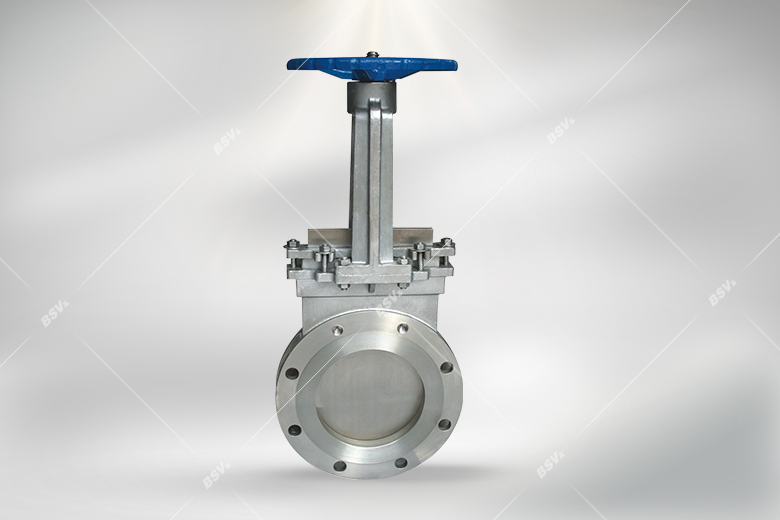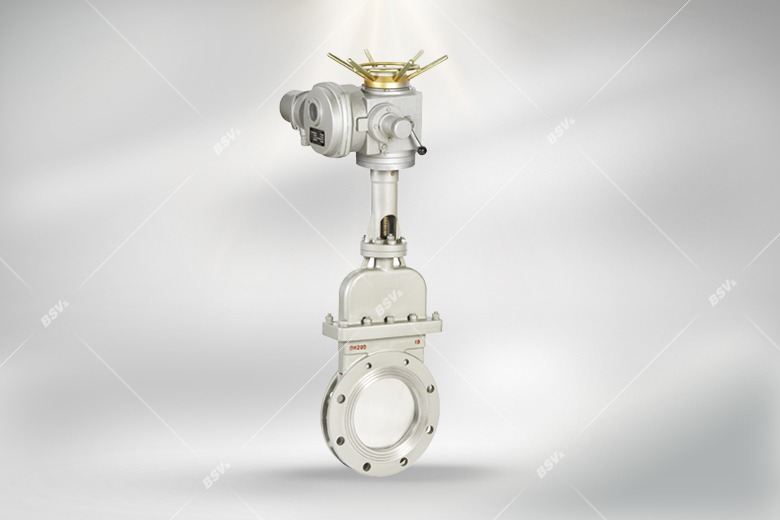Release time:2025-04-07Clicks:
Welcome to the comprehensive guide on knife-gate valves, brought to you by Lishui BSV Valves Supplier, a leading name in the valve manufacturing industry. In this article, we will delve deep into the installation and maintenance best practices for knife-gate valves, ensuring optimal performance and longevity. Whether you're a seasoned engineer or a novice in the field, this guide aims to provide valuable insights and practical tips.
Knife-gate valves are designed to handle slurry, viscous, corrosive, and abrasive media. They are particularly effective in applications where a straight flow and minimum restriction are required. The design of a knife-gate valve includes a sharp-edged gate that cuts through media, making it ideal for industries such as mining, wastewater treatment, and chemical processing.

Knife-gate valves are known for their ability to cut through thick fluids and solids. This makes them indispensable in environments where other types of valves might fail. Some of the key features include:
Side Entry Trunnion Mounted Ball Valve
API Gate Valve
Ball Float Steam Trap
API Check Valve
3PCS Forged Steel Ball Valves
Proper installation is crucial for the effective operation of knife-gate valves. Here are some best practices to follow during installation:
Before installation, inspect the valve for any signs of damage during transit. Check for any deformities, cracks, or missing components. Ensure that the gate moves smoothly and that the sealing surfaces are clean and free from debris.
Ensure that the valve is aligned correctly with the pipeline. Misalignment can lead to uneven wear and eventual failure of the valve. Use appropriate gaskets and ensure that the flanges are parallel and properly aligned.
Provide adequate support to the pipeline to prevent stress on the valve. Unsupported pipelines can cause additional stress on the valve, leading to premature wear and potential leakage. Use pipe supports and hangers as needed.
Adhere to the manufacturer's recommended torque specifications when tightening flange bolts. Over-tightening can damage the valve body, while under-tightening can lead to leaks. Use a calibrated torque wrench for accuracy.
Regular maintenance is essential to ensure the longevity and performance of knife-gate valves. Here are some maintenance tips to keep in mind:
Conduct regular inspections to check for signs of wear, corrosion, or damage. Pay close attention to the gate, seat, and sealing surfaces. Early detection of issues can prevent costly repairs and downtime.
Lubricate the stem and other moving parts to ensure smooth operation. Use lubricants that are compatible with the media being handled to prevent contamination. Regular lubrication reduces friction and wear.
Regularly clean the valve to remove any build-up of solids or debris. This is especially important in applications involving slurries or viscous fluids. A clean valve operates more efficiently and reduces the risk of blockages.
Replace worn or damaged parts promptly to prevent further damage to the valve. Keep a stock of commonly replaced parts, such as seals and gaskets, to minimize downtime during maintenance.

Despite best efforts, issues may arise with knife-gate valves. Here are some common problems and troubleshooting tips:
Leakage can occur due to worn seals or improper installation. Inspect the seals for wear and replace if necessary. Ensure that the valve is properly aligned and that flange bolts are tightened to the correct torque.
A sticking gate can be caused by debris build-up or lack of lubrication. Clean the valve thoroughly and ensure that all moving parts are well-lubricated. Check for any obstructions in the valve path.
Corrosion can be a significant issue in aggressive environments. Use materials that are compatible with the media and environment. Apply protective coatings if necessary and conduct regular inspections to identify early signs of corrosion.
Knife-gate valves are a vital component in many industrial applications. By following the installation and maintenance best practices outlined in this guide, you can ensure the efficient and reliable operation of your knife-gate valves. At Lishui BSV Valves Supplier, we are committed to providing high-quality valves and expert guidance to meet your needs. For more information or to discuss your specific requirements, contact us today.
We hope this guide has been informative and helpful. Remember, regular maintenance and proper installation are key to the longevity and performance of your knife-gate valves. Stay proactive and address any issues promptly to avoid costly repairs and downtime.
Thank you for choosing Lishui BSV Valves Supplier as your trusted partner in valve solutions. We look forward to serving you with excellence and expertise.